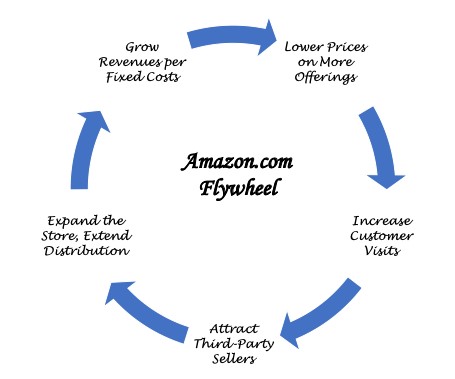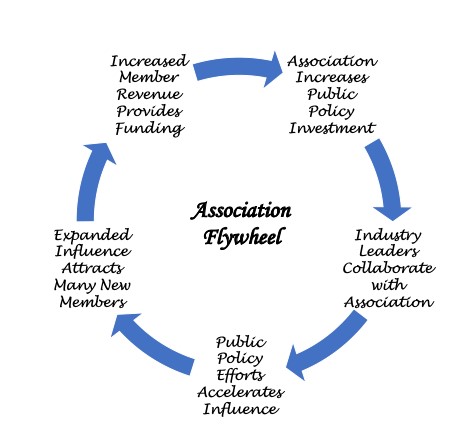Building Momentum to Avoid Organizational Inertia

As associations continue to face a clouded future, it is essential for CEOs to avoid a state of inertia. They should instead create forward momentum—energy that helps push through struggles and challenges—while moving the organization toward success.
COVID-19 has been a game changer for nonprofits. The velocity of impact and change has been breathtaking, so much so that many organizations have had the proverbial wind knocked out of them. Today, there are thousands of Zoom calls taking place throughout the country where CEOs are speaking with their executive leadership teams to put together budgets and operating strategies for 2021.
How similar will their final plan and document look to the one they created only 12 months ago? Is it a transformational, top-to-bottom change, or does it look like a wash, rinse, repeat version of the prior version? Even more importantly, will this year’s approach be successful? Will the organization generate enough revenue to avoid dipping into their reserves—again? Will association members and partners feel the love, the value, and believe their association will be meaningful—or even exist in 2022?
Ideally, senior executives will consider establishing the following question into the planning process: What percentage of our 2020 planned activities, efforts, and programs are acceptable to include in the 2021 plan? In other words: What represents dramatic change?
“Different,” “new,” “creative,” “innovative,” “transformational,” “market-leading,” “exciting,” “unique.” These are among the words CEOs should be using when presenting their 2021 plans to their boards and asking for approval. If not, the association might face being described as suffering from chronic inertia. Simply put, inertia is a tendency to do nothing or to remain unchanged.
The only way to change a state of inertia is to apply energy and action.
The Flywheel Model
Nearly 20 years ago, bestselling author Jim Collins published his book Good to Great, which provided managers with the blueprints and operating processes for moving organizations to a higher level of performance. The book taught managers to ensure they have the right people—in the right seats—on the bus, and that mediocrity is caused primarily because of management failure.
It also described one of the most frightening results of unsustained momentum, the doom loop, where each inconsistent and poorly executed action creates another descending decline downward. Fortunately, Collins identified a preventative solution to inertia and the doom loop in his recent book Turning the Flywheel. The premise is simple and the work is hard and requires focus and discipline, but the results are rewarding.
“In building a great company or social sector enterprise, there is no single defining action, no grand program, no one killer innovation, no solitary lucky break, no miracle moment. Rather, the process resembles relentlessly pushing a giant, heavy flywheel, turn upon turn, building momentum until a point of breakthrough, and beyond,” Collins wrote.
He provides this example of Amazon’s flywheel:
For over 13 years, I served as a senior executive at large travel trade association after nearly four decades in the lodging industry. At my association, my responsibilities included ensuring member value, building effective products and services, innovating new programs, and generating revenue to pay for not only those member benefits but also to cover the operating expenses and reserves as well. For us to succeed in this endeavor, we had to have a continuous amount of momentum pushing the energy of the organization forward, which Collins calls the “flywheel effect.”
Applying past corporate flywheel experience, our team built a flywheel, which enabled the organization to nearly triple its size in a little over 10 years. This tripling took place throughout the 2009 recession and four pandemics—MERS, Ebola, H1N1, and Zika.
Our association flywheel had the following components:
• Association increases investment and relevance with expanded public policy.
• Industry leaders collaborate with association to set policy direction.
• Public policy efforts accelerate industry influence on Capitol Hill.
• Influence attracts many new members, grows member revenues.
• Increased member revenues provide more funding for public affairs.
Business planning that identifies, implements, and stays focused on the five critical elements of its flywheel will help rapidly energize and improve its association's relevance while enhancing member value and accelerating topline revenues, even in an unpredictable and uncertain economic environment.
If you haven't yet identified or updated your flywheel's key components—ones that contemplate the new future—there is no better time than now to start.



